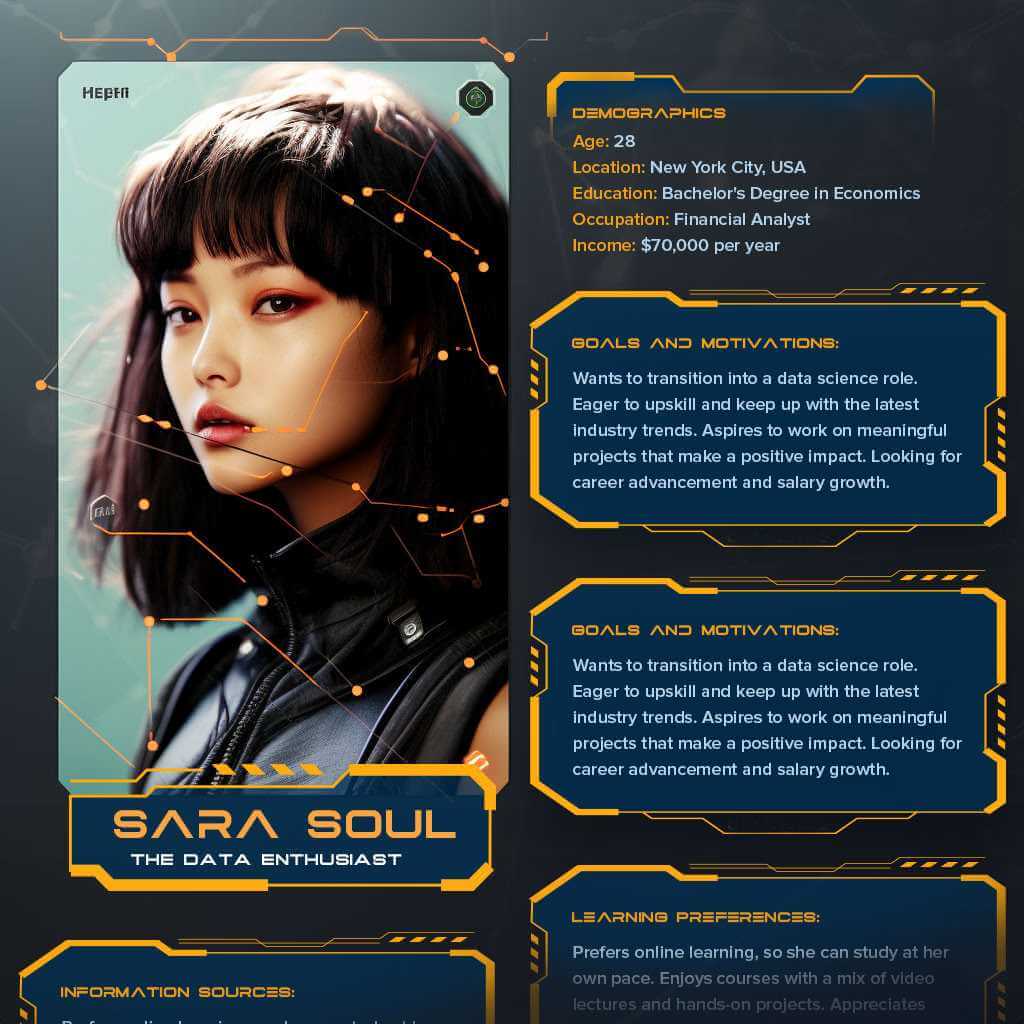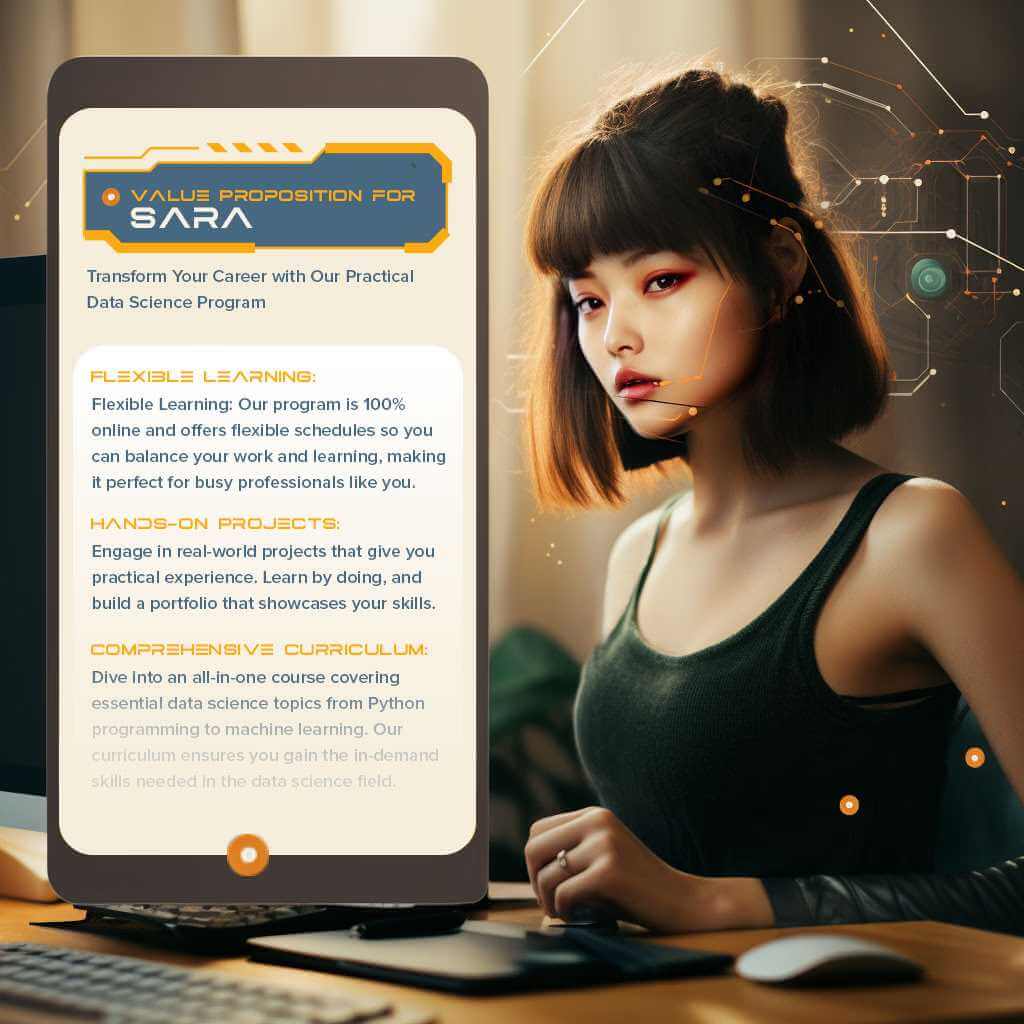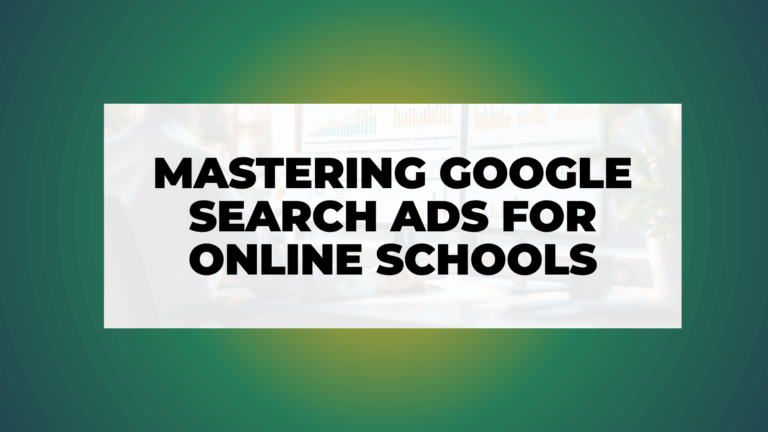
TL;DR Learn how to use product marketing and PPC advertising to attract more students to your online courses or coding bootcamps. This guide covers the basics of product marketing, creating detailed customer personas, crafting a strong value proposition, aligning your ads with your website content, effectively tracking your marketing efforts, and leveraging PPC to boost your educational products.
Introduction
The global e-learning market is on a rollercoaster ride and is expected to scale new heights at $458.8 billion by 2026. Now, here’s the million-dollar question: How can you ensure your educational products don’t just blend into the background?
Ladies and gentlemen, let’s bring in the superheroes – 

We’re here to arm you with the basic toolkit that will turn your educational content into a force to be reckoned with. We’re talking laser-targeted ads, messages that strike a chord, and campaigns that will make knowledge seekers sit up and take notice.
1. Product Marketing Basics

Let’s start with the fundamentals. Product marketing – heard of it, right? But wait, what if I told you that mastering this could be the golden key to making your educational products the talk of the town?
Product marketing, in essence, is like conducting an orchestra – blending market research, audience insights, pricing strategies, and promotional pizzazz to create a marketing symphony.
Now, let’s talk about the special case of educational products. They’re not your run-of-the-mill physical goods; they’re treasures of knowledge and experience. So, the rulebook? Simply – 4 Ps
- Product: It’s the knowledge, the experience, the promotion, the new career! Whether it’s an online course or a bootcamp, it needs to fill a void or quench a thirst for learning.
- Price: It’s not just a number. It’s an art form. Maybe it’s discounts for the eager beavers, or tiered access to content. Get creative!
- Place: Know where your learners are lurking. Where do they hunt for knowledge? Knowing this will let you strategically place your promo materials and build awareness.
- Promotion: Here’s where PPC makes its grand entrance, along with other promotional tactics. There are so many of them so how do you turn them into a marketing feast?
Got your attention? Fantastic! Keep reading because next we’re creating customer persona profiles – the secret recipe for marketing elixir.
2. Building Customer Persona Profiles

Imagine this: A message so perfectly crafted it feels like it was whispering in each reader’s ear. That’s no rabbit out of a hat – it’s the mastery of knowing your customer. Let’s sharpen our pencils and sketch those customer personas!
What is a Customer Persona?
It’s like a colorful portrait of your ideal customer, but with layers. Think of it as painting with richer details – goals, challenges, hobbies, and behaviors, not just plain old demographics.
Why are Personas the Avengers of Marketing?
Think of marketing without personas like shooting arrows in the dark. Not fun, right? Especially for educational products. A high-school whiz kid and a mid-career professional are as different as Iron Man and Captain America.
Assembling Your Personas
on your artist’s hat. Here’s how:
1. Demographics: Set the canvas with age, location, and education.
2. Goals and Motivations: What’s the fire that fuels their quest for education?
3. Challenges and Hurdles: Paint in the storms they face – be it money, time, or quality content.
4. Learning Preferences: Are they into snack-sized learning or full-course feasts?
5. Information Sources: Where do they sniff out educational content?
6. Decision Triggers: The final touch – what makes them say, “This is it!”
Giving Your Personas a soul
Imagine the unstoppable force created when your PPC campaigns speak directly to Sarah. A campaign that sees her, hears her, and offers exactly what she’s been seeking.
This is the power of personas. They are the wizards guiding your marketing wand, shaping content and strategies.
Keep Sarah and her friends close to your heart because, in the next section, we’ll be crafting value propositions that will be music to their ears.
3. Crafting a Value Proposition

Alright, folks! Time to play detective and crack the code of why customers should choose your educational product over others. Let’s don the hat of Sherlock and dig into crafting a compelling value proposition.
The Heartbeat of Your Marketing
A value proposition is the pulse behind your marketing efforts. It’s not just a snazzy tagline – it’s the USP (Sunique Selling Point) that tells customers how your product is the answer they’ve been looking for. It’s that secret sauce that keeps them coming back for more!
The Four Pillars of a Value Proposition
Like a sturdy table needs four legs, your value proposition needs these four components:
1. Headline: The showstopper! It grabs attention with a clear message about your key benefit.
2. Subheadline or supporting blurb: The supporting actor, who clarifies what’s on offer, for whom, and why it’s a game-changer.
3. Three’s Company – Bullet Points: List the head-turning benefits and features.
4. Eye-Candy – Visual Elements: A picture speaks a thousand words. Support your claims with images like bright-eyed students or a shiny certificate.
Creating the Value Proposition for Educational Products
The Star Attraction – Primary Benefit: Identify the crowd-puller. Is it a guaranteed job placement or that golden nugget of industry knowledge?
1. The Unique Factor: What’s the X-factor? Is it the award-winning Yoda-esque mentor or the cutting-edge curriculum?
2. Rubbing the Magic Lamp – Addressing Pain Points: Check your customer personas. How does your product swoop in like a superhero saving the day?
3. Keep It Crisp: Get to the point, before the microwave beeps.
Showtime!
Revisiting Sarah, the data whiz in the making. Here’s what she sees:
Headline: “Step into the Data Matrix – No Career Break Needed”
Subheadline: “Our nimble, part-time data science bootcamp doesn’t just upgrade your brain—it also fast-tracks you to the data big leagues.”
Bullet Points:
Get mind tricks from data Jedi masters.
- Tackle real-world puzzles with live projects.
- Squishy schedules for the 9-5 warriors.
- Land a job or take your money to the bank.
- Visual: Sarah 2.0 acing data visualizations.
There it is, a value proposition that doesn’t just talk to Sarah, it sings to her!
Next up: We’re harmonizing ads and content like a chart-topping pop duo. Stick around!
4. Aligning Ads and Website Content

Imagine your ads and content doing a perfect tango – a match made in marketing heaven. Welcome to a world where they’re not just two random strangers, but an inseparable couple!
Ads & Content
Ads are like the first impression on a speed date, and content is the captivating conversation that follows. But when they’re offbeat, it’s like pouring orange juice into your cereal. Nobody wants that.
How to Make Them Dance in Tandem
Speak the Same Language: Your ads and content should be like twins – similar but unique. Reflect your value proposition in both, making them an echo of each other.
1. Get Personal: Those customer personas you built? Time to woo them. Customize ads and content to address their needs. Send them chocolates and flowers, metaphorically!
2. Dress to Impress: Matchy-matchy is good. Keep visuals consistent to make your brand stick like that catchy jingle.
3. Lead the Way with CTAs: Don’t leave them hanging. Make the next steps clear – it’s like offering a hand for that dance.
Enter the Magic Circle of Retargeting
If your customer flirts with your content but doesn’t commit, bring them back with retargeting ads. They’re like the “Hey, remember me?” of the marketing world.
Real-life Example
Picture an online coding bootcamp. Here’s how ads and content can waltz together:
- Ad: A focused coder with the text, “Code Real Projects, Real Fast. Your Dream Job Awaits.”
- Content: A blog post titled “Project-Based Learning: The Rocket Fuel for Your Coding Career” with stories of coding astronauts who made it big.
- Retargeting Ad: “Launch Your Coding Journey with Real Projects. The Stars are Waiting.”
And that’s how you orchestrate a seamless symphony.
Next, we’re diving into tracking like a tech wizard. Abracadabra! Don’t vanish just yet!
5. Conversion Tracking

You’ve got your value proposition down, your ads and content are singing in harmony, and now you’re eagerly tapping your feet waiting for the sign-ups to come waltzing in. But how do you tell if your strategy is doing the cha-cha or stumbling around? Cue in the Tracking Conductor!
GPS for Your Marketing Moves
Think of tracking like the GPS guiding your marketing road trip. It tells you where your users are hitching a ride from, what sights they’re soaking up, and where they decide to jump ship. Here’s why you need it:
Evaluating your dance moves (aka campaign effectiveness).
- Peeking into user behavior.
- Putting on your optimizer hat for better ROI.
Macro and Micro Conversions
Let’s groove to the terms of macro and micro-conversions.
- Macro-Conversions: The big splashes, like course enrollments, webinar sign-ups, or swiping that credit card.
- Micro-Conversions: The little ripples that lead to the splash, such as downloading a brochure, subscribing to emails, or simply getting starry-eyed on your offer page
Setting Up Tracking
Define Your KPIs: What’s your definition of a standing ovation? Sign-ups, conversion rates? List down the KPIs that make your heart flutter.
1. Google Analytics 4 (GA4) Setup: Get your backstage pass with GA4! Set up your account and lay out your goals.
2. Conversion Tracking on Ads Platforms: Keep tabs on your ads’ performance with conversion tracking on Google Ads, Microsoft Ads, or Meta Ads.
3. Funnel Visualization: Track the user journey and spot any tripping points.
4. UTM Parameters and Auto-tagging: Spice up your URLs with UTM parameters for tracking campaigns and enable auto-tagging in Google Ads for seamless campaign info import.
5. Google BigQuery for the Data-hungry: Take a deep dive into analytics with Google BigQuery by storing Click IDs.
6. Regular Reporting and Analysis: Keep your eyes on the prize with regular reporting, and twist and turn your strategies based on the insights.
Final Act: Insights to Ovation
Imagine your coding bootcamp is making waves, but sign-ups are a mere trickle. Analysis reveals users are hitting a wall on the sign-up page. Aha! Maybe it’s time to jazz up the sign-up process and watch the registrations roll in!
Tracking, dear marketer, is your choreographer for the grand marketing ballet. It’s not just counting steps, but orchestrating a stunning performance.
6. The PPC Symphony

You’ve waltzed through product marketing, swung through customer personas, and tangoed with value propositions. Now, let’s crank up the volume with PPC, the electric guitar in your marketing band.
How PPC Rocks Your Marketing Concert:
PPC is the rockstar that amplifies your reach to the crowd. Your customer personas are your fans, and PPC makes sure your catchy tunes hit their eardrums. Plus, with the awesome tracking rhythms, PPC solos can be perfected on-the-fly.
Rock Out With These PPC Best Practices:
1. Talk to the Fans: Make your ad copies shout out to your customer personas. Career-shifters? Lifelong learners? Speak their language!
2. Encore on Landing Pages: Hit the right notes with landing pages that echo your ad’s vibes. This keeps the crowd roaring and conversions soaring.
3. Non-Stop Tuning: Keep tweaking your ad copies, designs, and landing pages with A/B tests. Never let the music stop!
4. Ride the Waves: Is it back-to-school season? The time when New Year’s resolutions kick in? Time your gig tickets (aka campaigns) right!
Measure Success
Keep track of those encores with KPIs like cost-per-acquisition, conversion rates, and return on ad spend. Remember, our friend Tracking from Section 5? They’re the sound engineer ensuring everything sounds amazing!
Curtain Call
- Quick encore of the hits in this performance
- Never forget: product marketing is an everlasting show
- Keep adapting your setlist for the ultimate chart-toppers
We’ve taken a tour of the product marketing music festival for educational products, with PPC as the headline act:
1. Product Marketing 101: The opening act, setting the stage with the basics.
2. Fanbase First – Customer Personas: Know your audience, and they’ll sing along!
3. The Value Proposition Hit Single: Crafting that catchy hook that no one can resist.
4. Synchronized Sounds – Ad Content & Messaging: A duet that guides the crowd through the experience.
5. Tracking – The Sound Check: Tuning your instruments for the perfect pitch.
6. PPC – The Spotlight Performance: All eyes on PPC, the star that brings it all togethe
Product marketing is like orchestrating a sold-out concert. Keep the energy high, the crowd engaged, and don’t forget to shake things up with some epic guitar solos (that’s you, PPC!).
Backstage Passes
Finding the right chords in PPC for educational products can feel like learning an instrument. Need help tuning your guitar or just some words of wisdom? Backstage passes are on us! Let’s jam and create some chart-topping campaigns.
Let’s Jam – We can’t wait to share some rockin’ tips and help you unleash the power of PPC for your educational rockstars.




